Philips CD 710


Continuing my search for a good sound from CD I found many interesting
information about the DIY project called MONICA DAC.
Many people love it, and it is based on TDA1545 dac chip from Philips.
Since I do agree that Monica Belucci is the most beautiful actress, I
thought there must be something about it.
I bought the first player which has this DAc on board.
This is nice Philips CD710 with the build very similar to Marantz 5000,
Philips 740, 751, 753 etc.
The box weights less than one kilo. This is THE LIGHTEST CD I ever saw.
Everything about this player is ridiculous in hi-fi terms, not to
mention high-end terms.
But it has positive aspects too.
Look is elegant and plain
Buttons are ergonomic and easy to find
display is simple and legible
Mechanism reads VERY fast and very well.
And the DAC is great too.
What more could we ask for ?
We could ask for GREEAT SOUND.
Lets seee.....
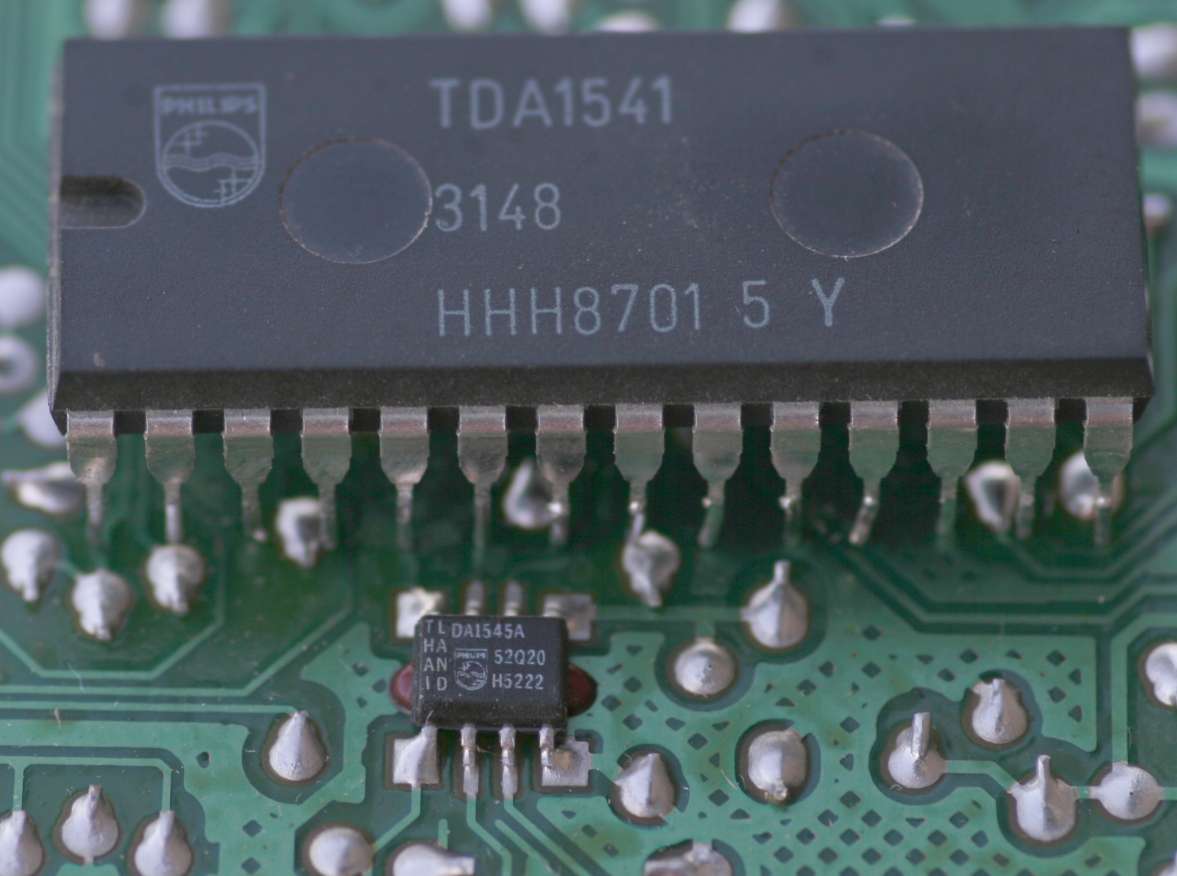
On the photo above you see the comparison between TDA1541 and 1545.
Funny, that after breaking the 1541 body into pieces, it turns out to
be ALL PLASTIC. The actual silicone chip is 10 x smaller than this
small DAC pictured above.
The whole brain of TDA1541 is of a size of 3 mm by 3 mm. My guess
is that TDA1545 is similar brain but simply less plastic around.
We could call this dac the last real cousin or younger brother of the
almighty TDA1541, it is exactly 10 years younger and last one with R2R
technology.
Anyway - looking at the datasheet - I was thrilled to find that this is
the last surviving I out DAC. Meaning - potentially much cleaner
sounding than the rough U out dacs.
Philips datasheet
Stereo continuous calibration DAC TDA1545A
FEATURES
* · Space saving packages
* · Low power consumption
* · Low total harmonic distortion
* · Wide dynamic range (16-bit resolution)
* · Continuous calibration concept
* Easy application: single 3 to 5.5 V rail
power supply and output- and bias current are proportional to the
supply voltage
* · Fast settling time permits 2x, 4x and 8 x
oversampling
* (serial input) or double speed operation at
4´x oversampling
* · Internal bias current ensures maximum
dynamic range
* · Wide operating temperature range of -40
to +85 °C
* · Compatible with most of the Japanese
input formats: time multiplexed, two's complement and TTL
* · No zero crossing distortion.
GENERAL DESCRIPTION
The TDA1545A is the first device of a new generation of the
digital-to-analog converters which embodies the
innovative technique of continuous calibration. The largest
bit-currents are repeatedly generated by one single
current reference source. This duplication is based upon an internal
charge storage principle having an accuracy
insensitive to ageing, temperature and process variations.
The device is fabricated in a 1.0 mm CMOS process and features an
extremely low power dissipation, small
package size and easy application. Furthermore, the accuracy of the
high coarse current combined with the
implemented symmetrical offset decoding method preclude zero-crossing
distortion and ensures high quality
audio reproduction. Therefore, the continuous calibration
digital-to-analog converter is eminently suitable for use in
(portable) digital audio equipment.
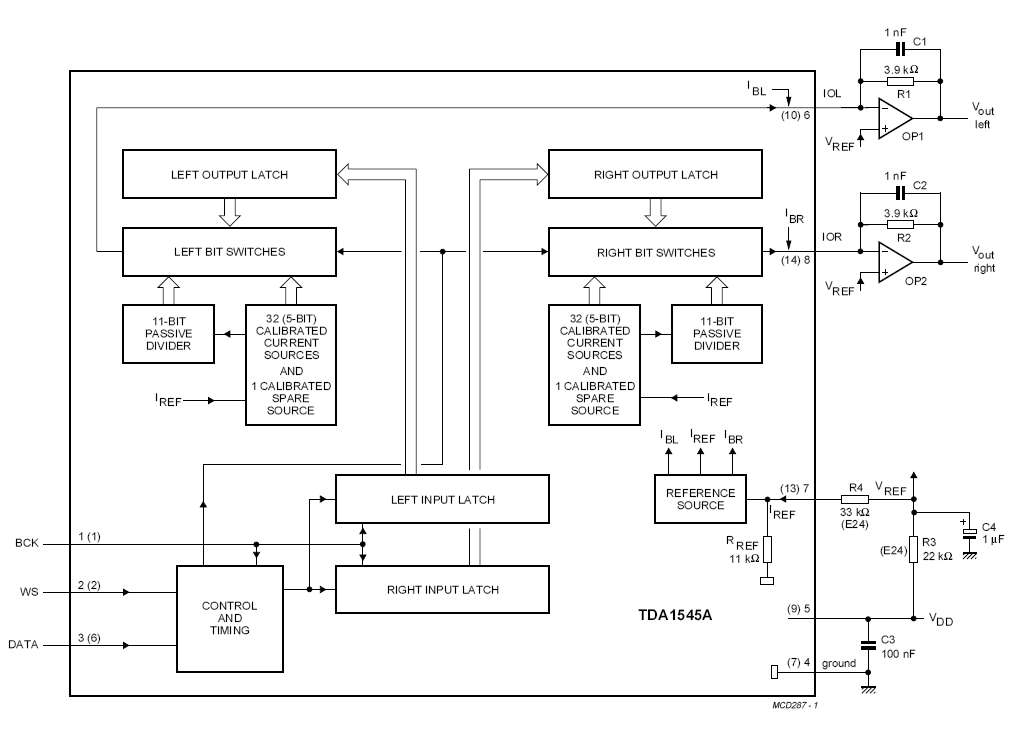
As you can see, the I outputs are connected with the Vref consisting of
2/3rd of the U supply.
Unfortunately - hooking lampizator to floated I out - resulted in
distorted noise. Some music was audible but 80 % was cracking sound.
I am not sure how the Vref should be applied in lampizator mode. I will
investigate wom Monica deals with it.
So for the time being I decided not to lampize it, but to os-con-ize it
and install better opamp.

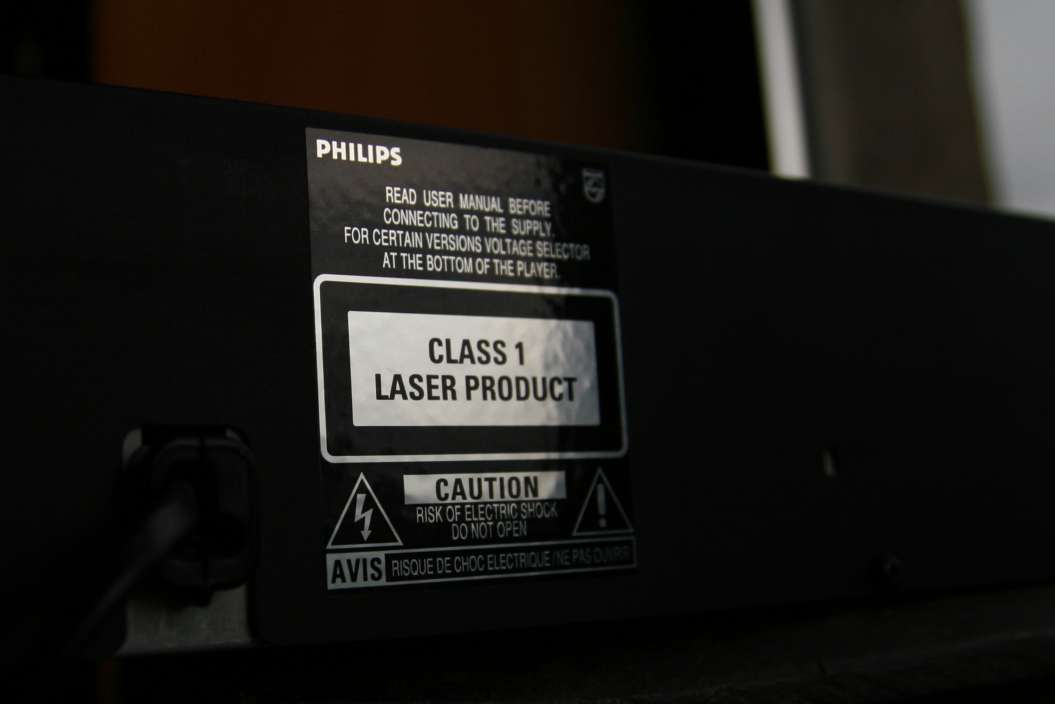
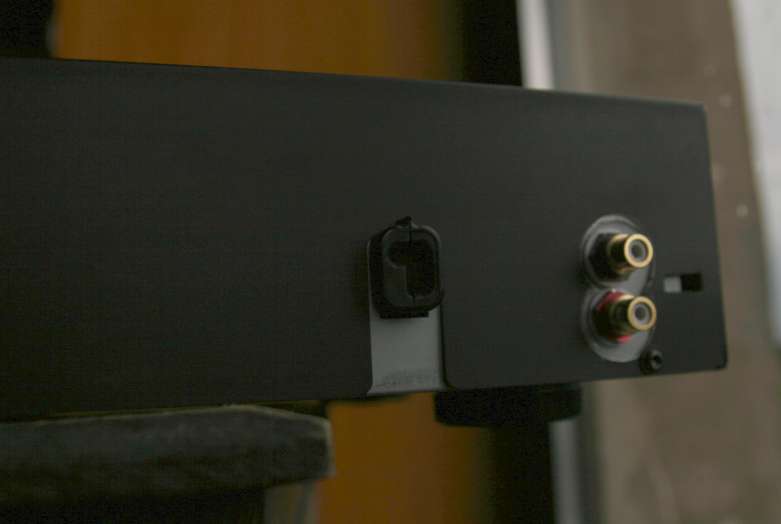
There is a small problem with the new proper RCA's - the top cover does
not allow the installation. So I had to drill 20 mm holes in the top
cover which is integrated with the rear wall.

As you can see - the mechanism is CDM12 - which is really very good. It
is 90 % of the CDMpro2.
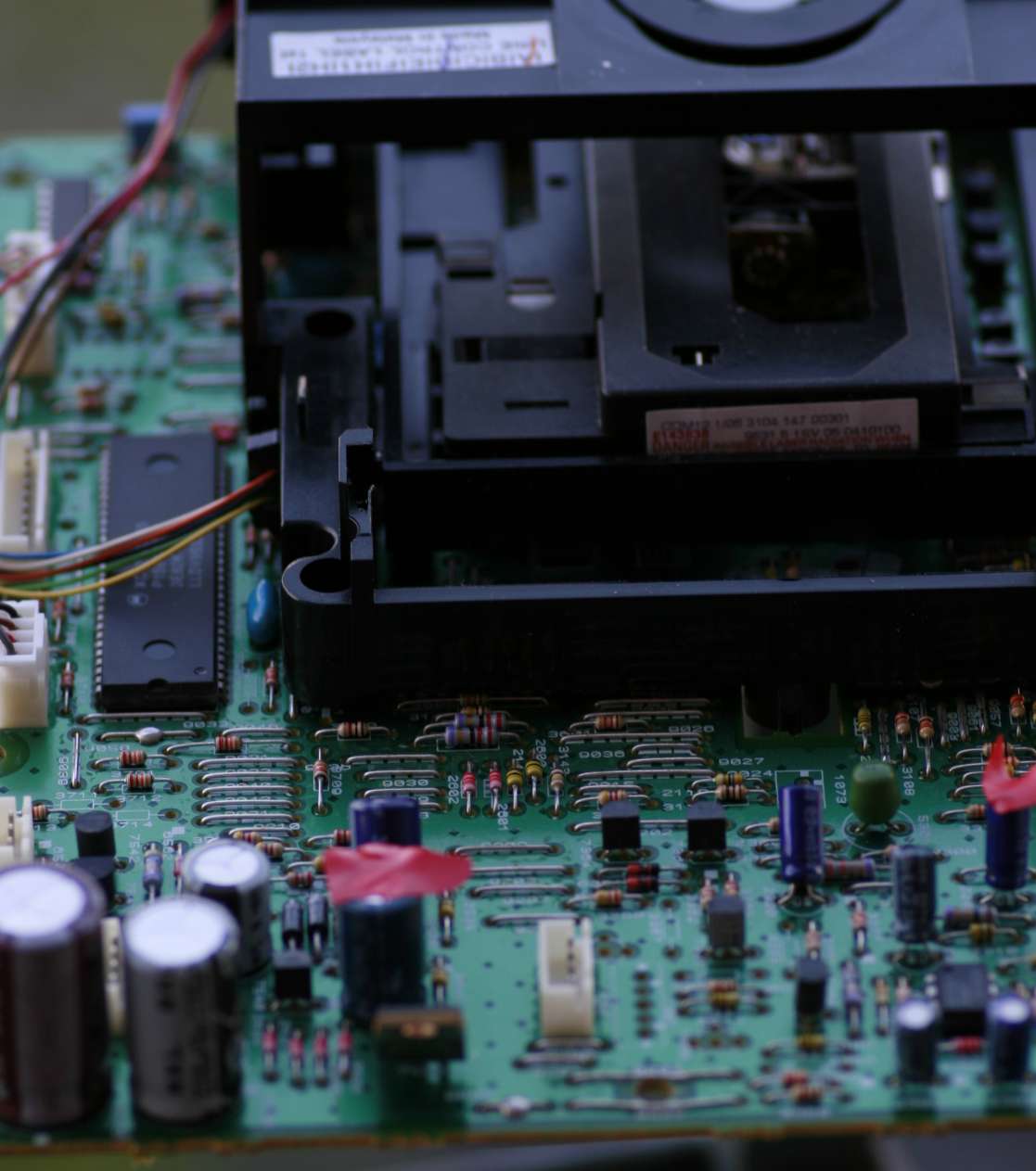
The red tape is marking the caps which respond with buzzing on
continuity test from 7805 regulator leg3. So these caps are common to
the DAC main power supply.
It is important to upgrade these power caps.
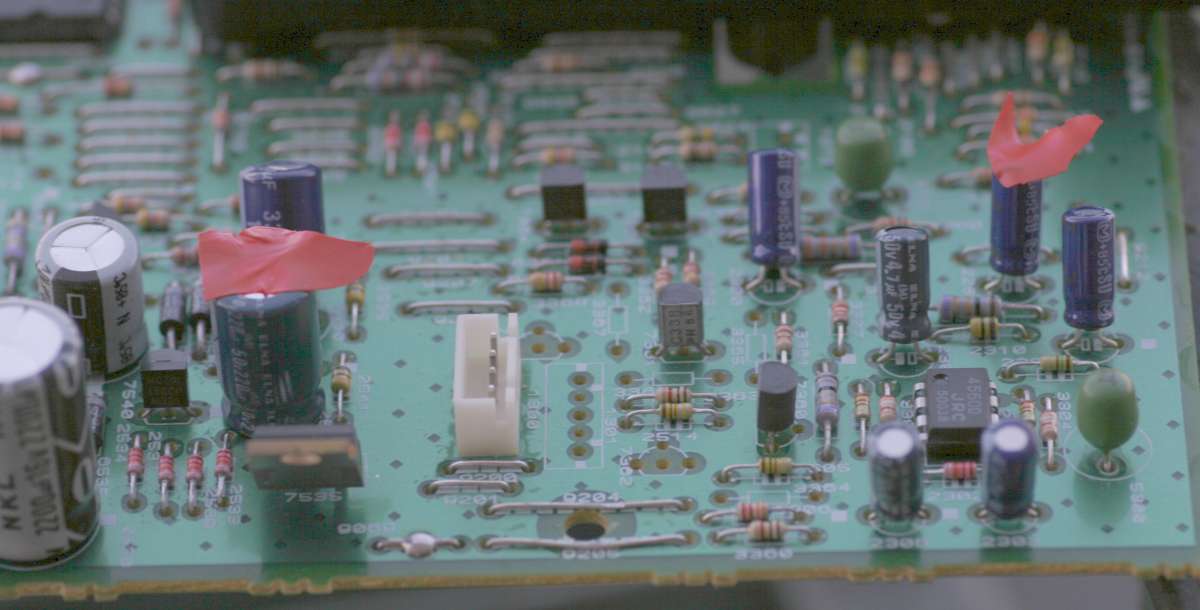

The two big caps on the corner are so called RAW SUPPLY caps. They can
never be too big.
I replaced them with 3 x larger ones plus I added a glued add-on cap of
10 000 uF/25V.
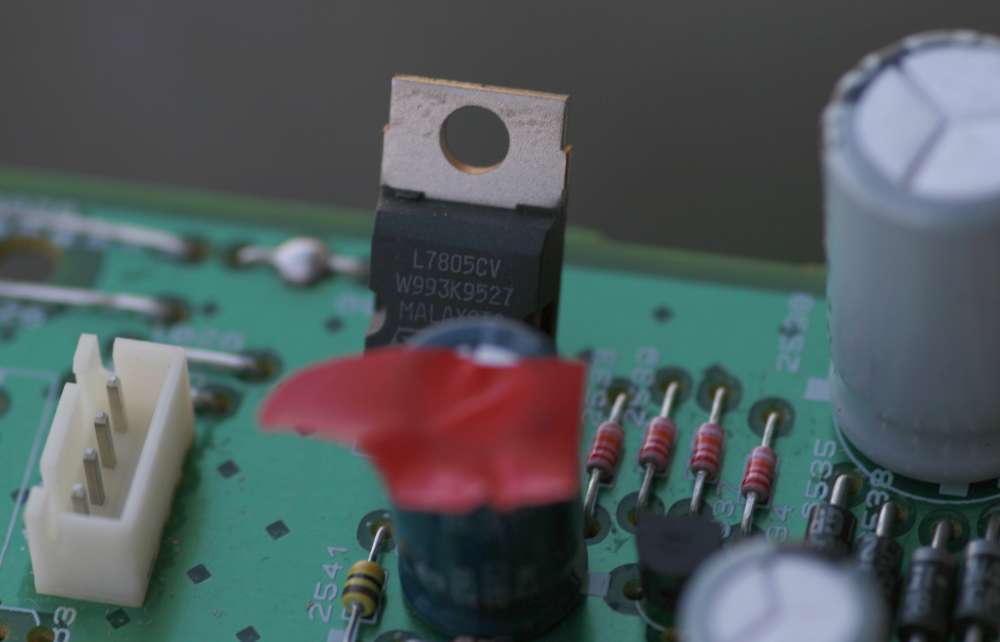
This is the main 5V DC regulator feeding the main part of the PCB
including TDA1545 DAC
It does not even need a radiator ! So total current draw must be in the
range of 100 mA or so.
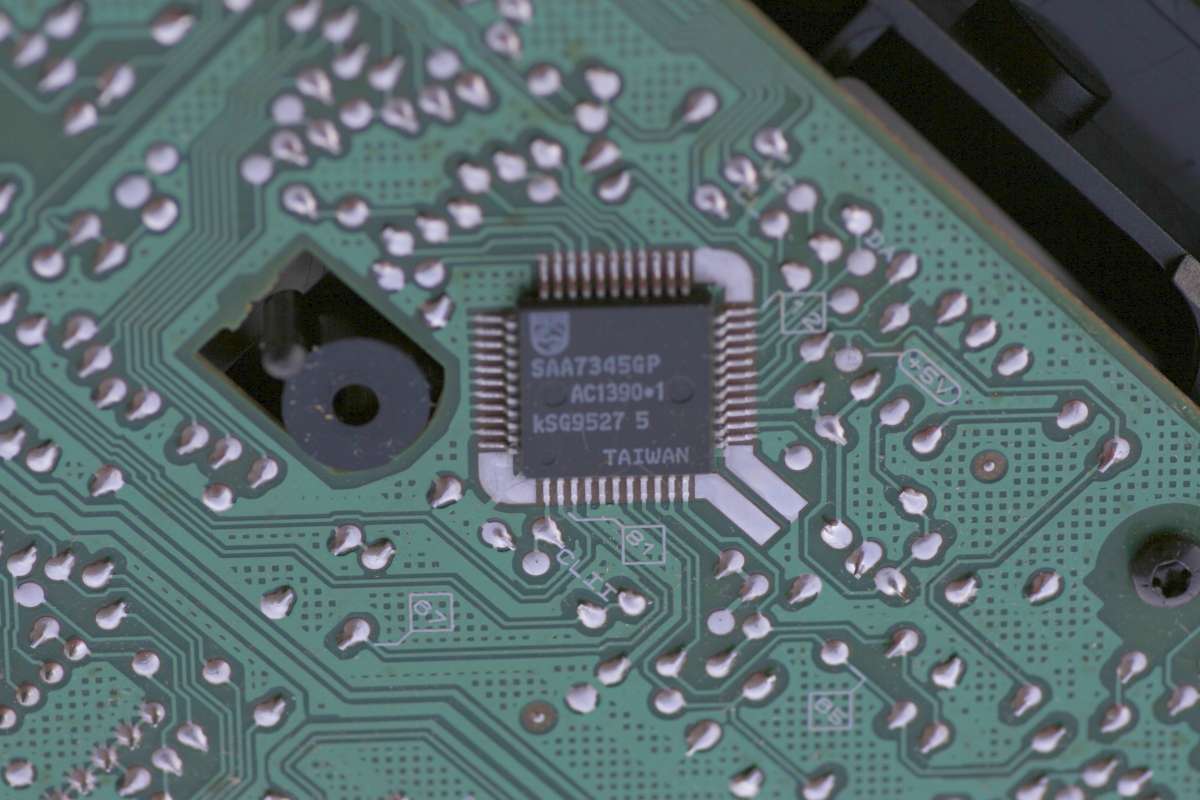
The demodulator chip which is as important as th dac is top of the line
philips own SAA7345 which can be found in 10 000 Euro machines as well.
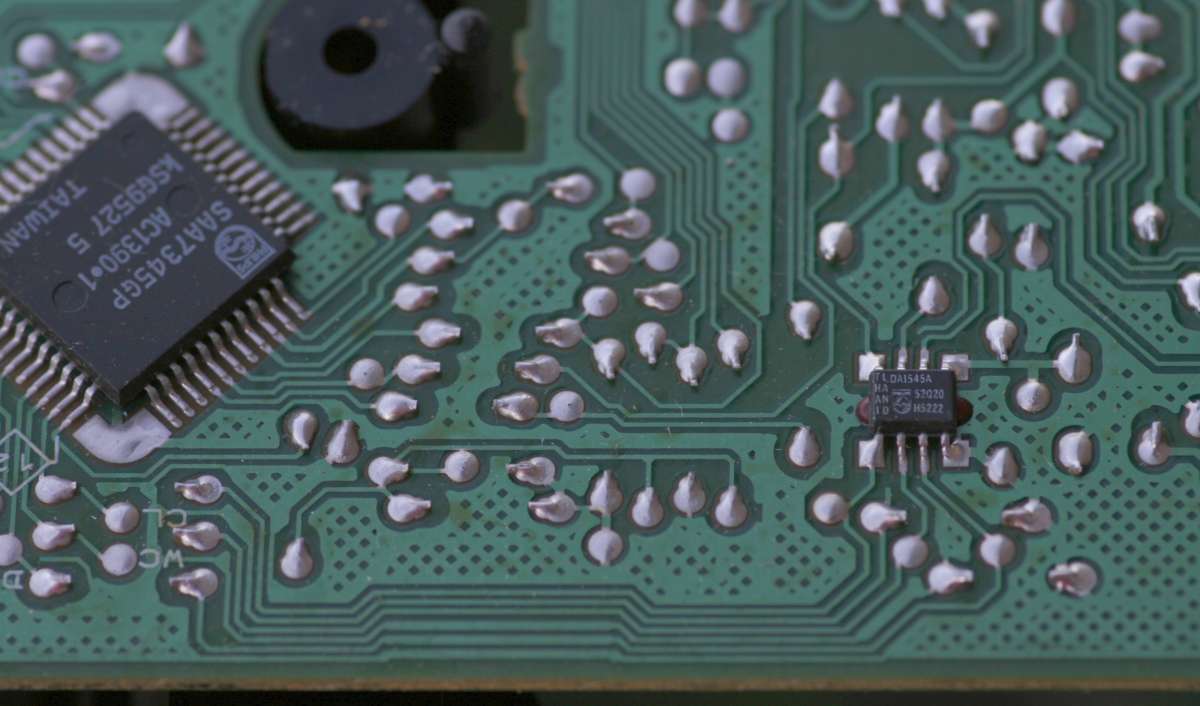
The DAC is fed the i2s signal from saa7345.
Dac outputs are legs 6 and 8.
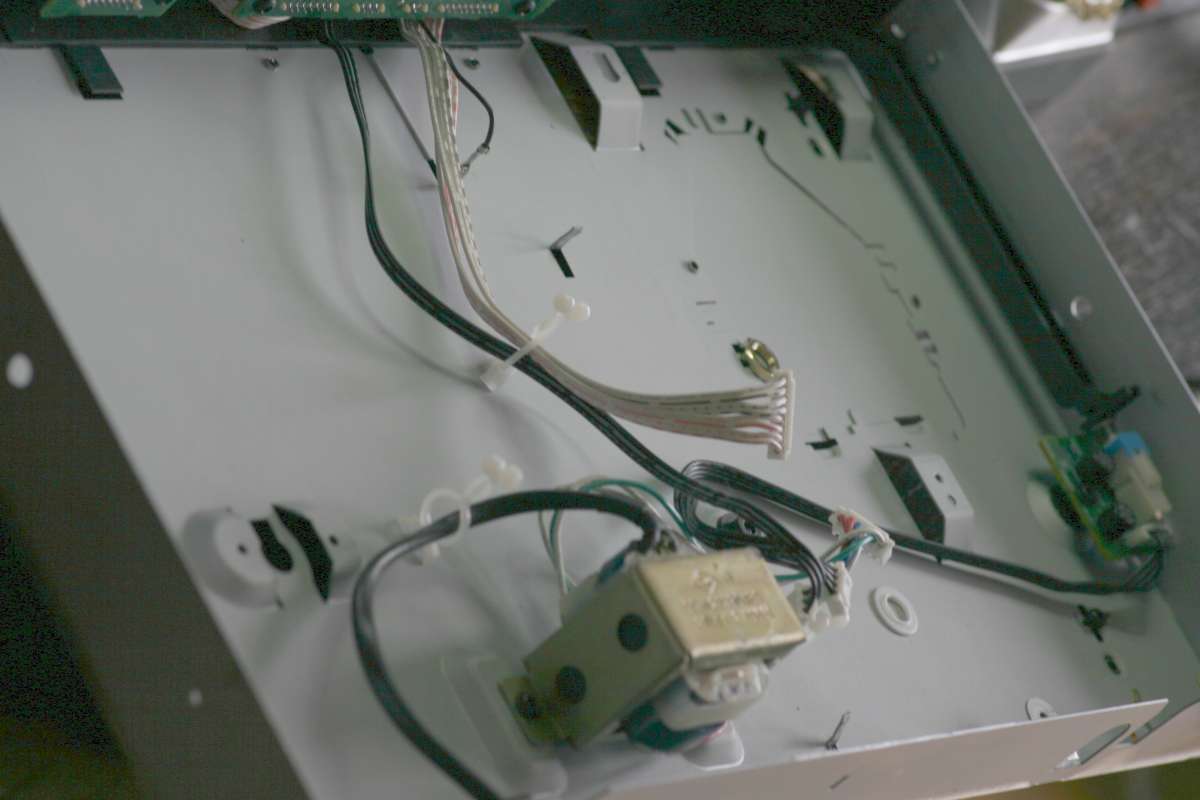
After removing the mechanism integrated with the main PCB - there isnt
much left there.
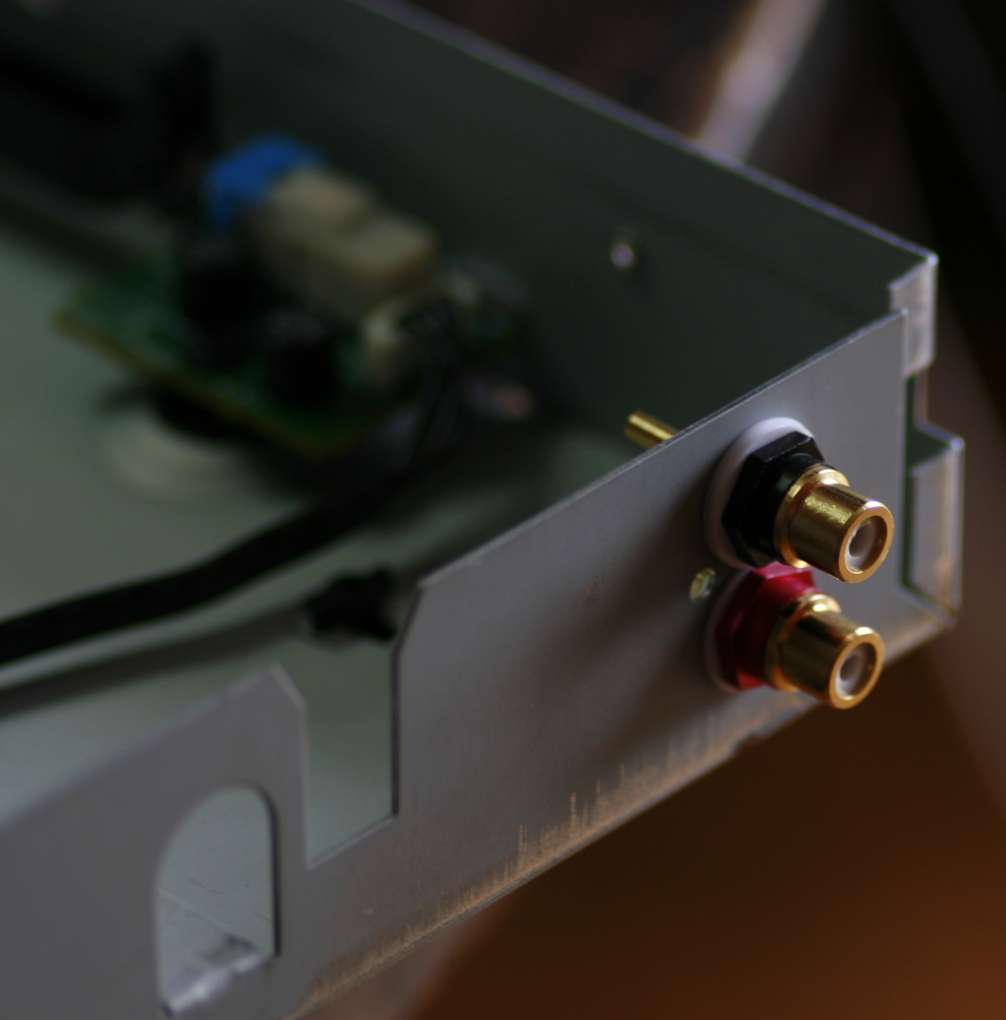
New RCA's are vital.
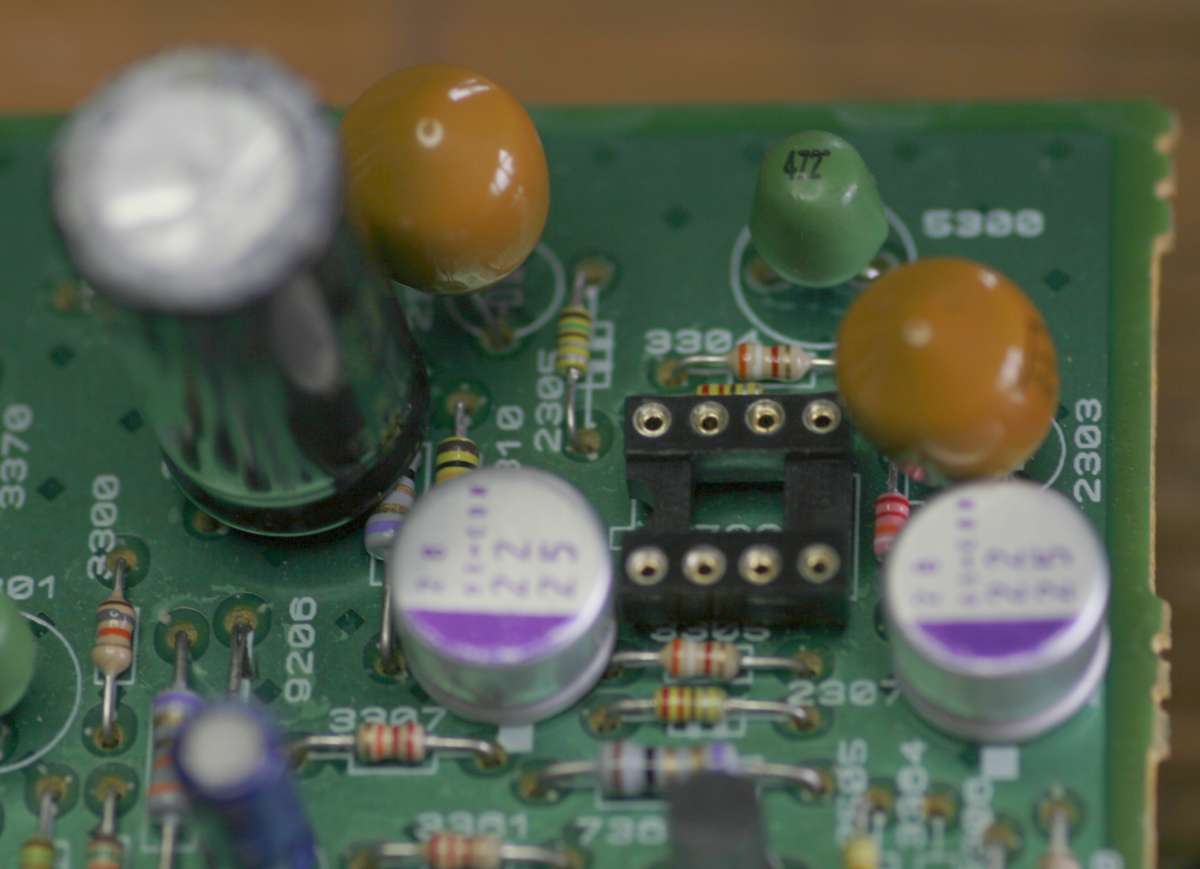
The old opamp is removed, socket is installed.
Thde closest silver oscons are DC blocking decouplers after the opamp.
I use the signal from their MINUS side (purple mark).
Power to opamp is by the brown tantalums.
The blue slim cap on the left bottom corner (fussy one) is very vital
Vref cap. Put your best cap 47uF / 6 V or better.
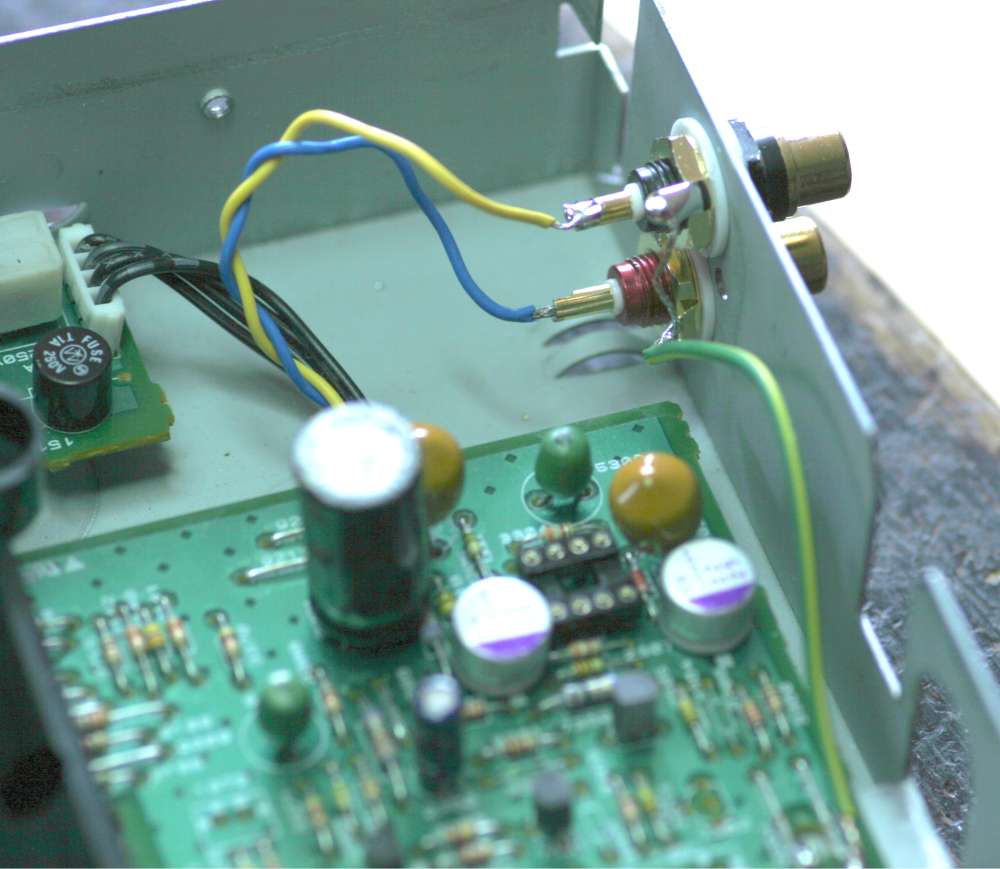
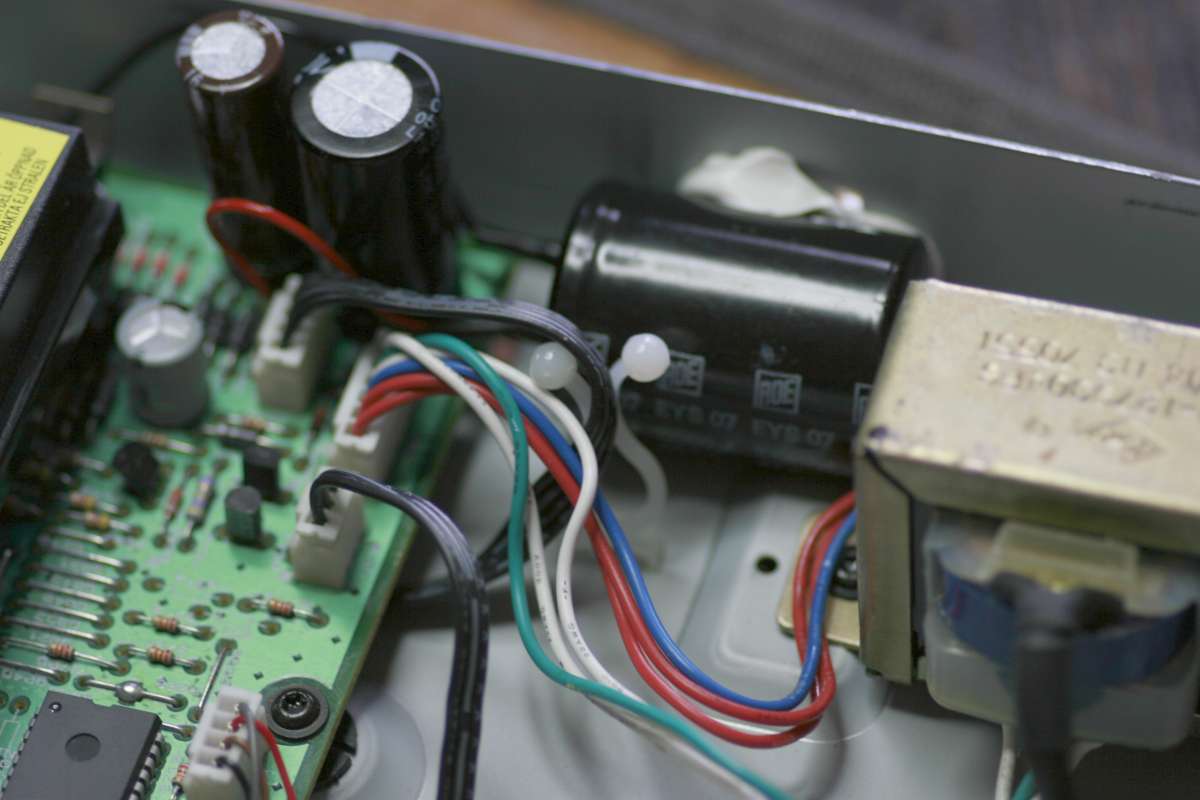
The lying big black ROE cap is 10 000 uF / 25 for raw power supply
additional filtration. I simply glued it and wired to the RAW supply
points.
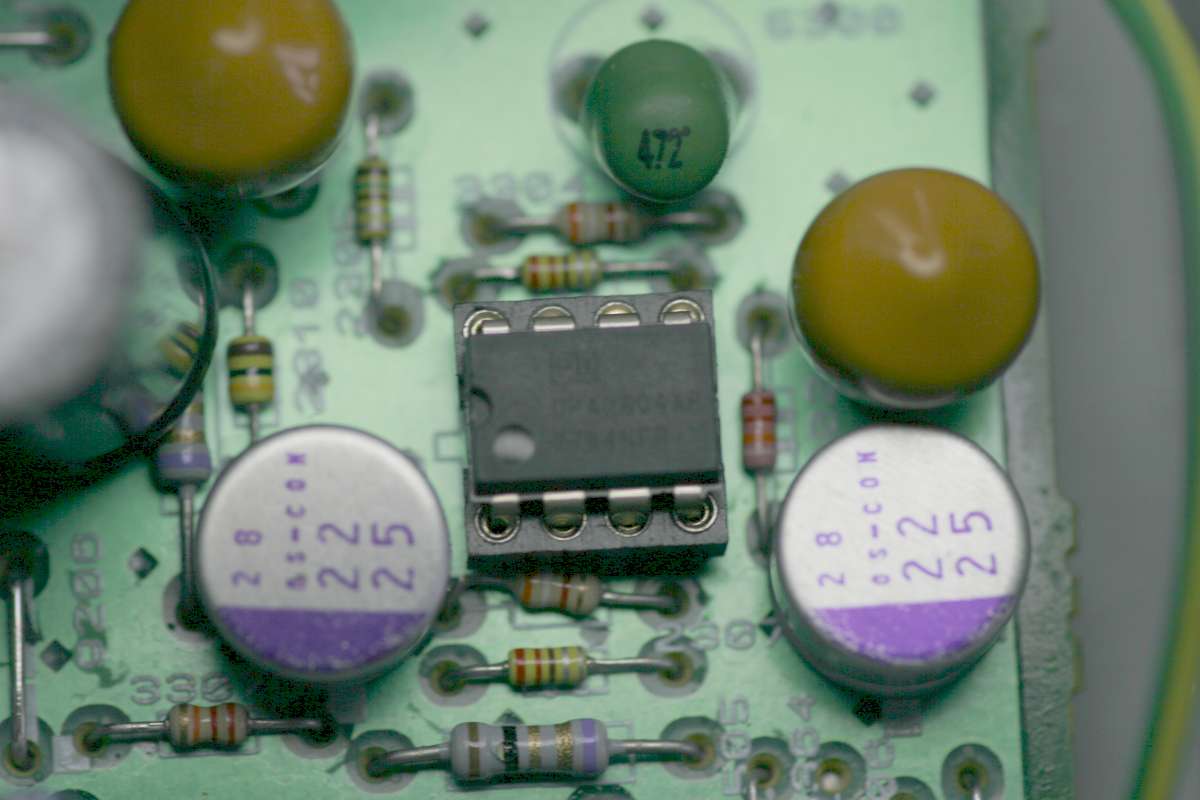
New opamp is the very popular and very analog sounding Burr Brown
OPA2604 - a double 604 in one package.
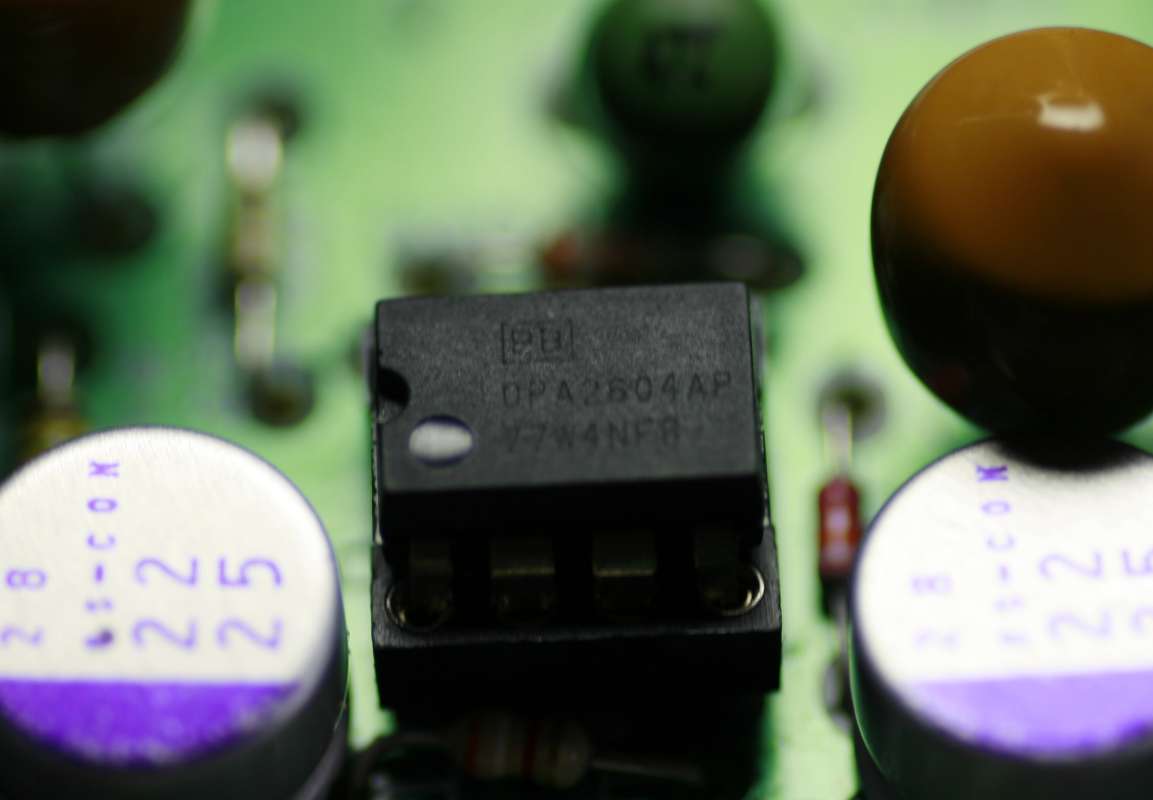
The final sound is a little bit too shy for my taste - I mean it is not
loud enough. But after turning my amps to 3 o'clock - the sound is on
normal loud level.
The quality is superb. I am not missing anything compared to tubed
systems. It is one hell of a player and all my mods were 10 Euro for
caps, 5 for opamp, 2 for socket, 5 for bituminous felt (mandatory for
this tin can) and 5 for RCAs.
I love it and I think it is equally good as the TDA1549 which I raved
about.
Very musical, reliable, clean player. I am keeping it for the backup
system.



















